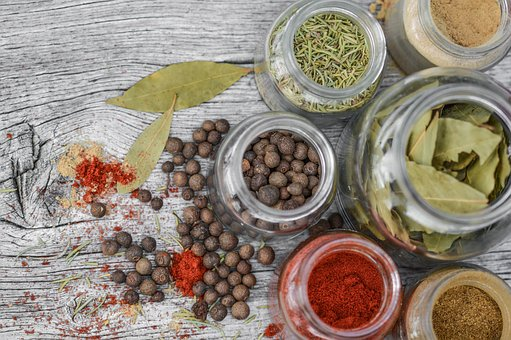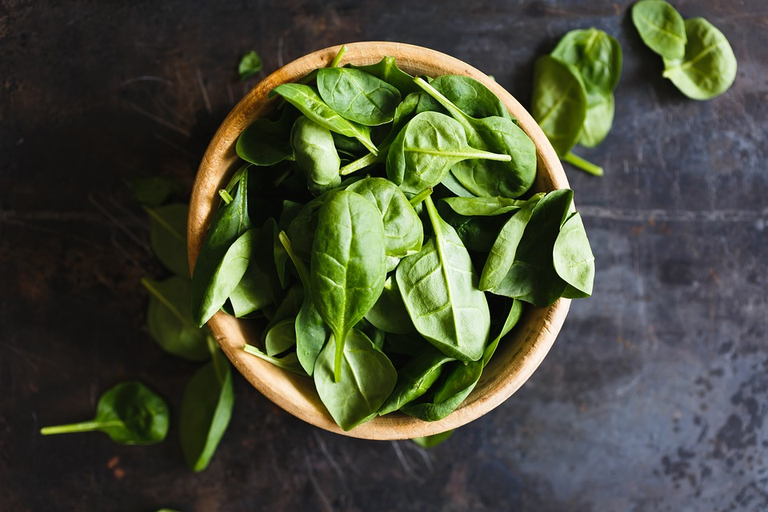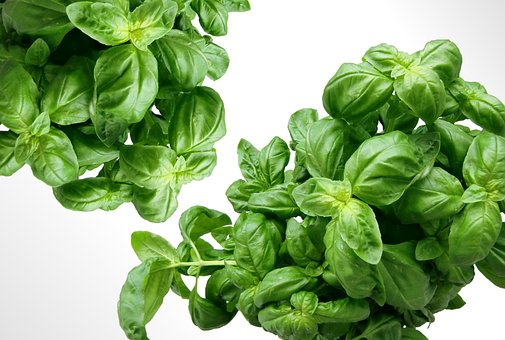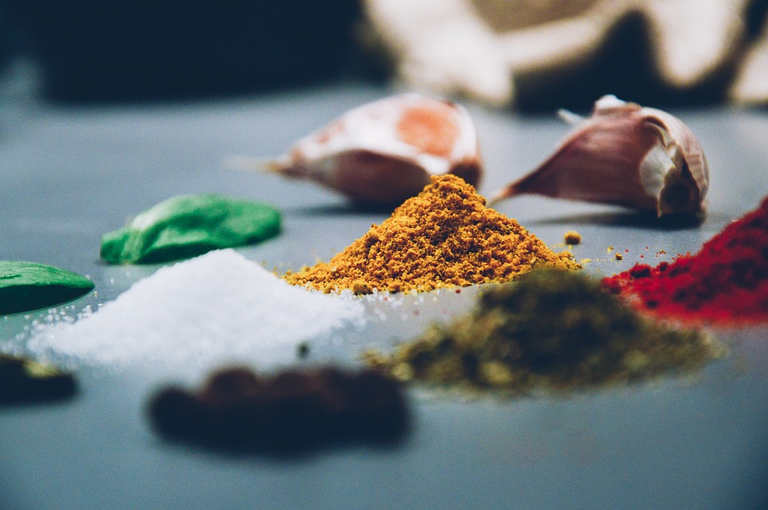A Beginner's Guide to Cooking with Herbs and Spices
Introduction
Herbs and spices are an integral part of cooking, adding flavor, aroma, and depth to dishes. Whether you are a beginner or an experienced cook, incorporating herbs and spices into your cooking is a simple and easy way to elevate the taste of your dishes. In this beginner's guide, we will explore the basics of cooking with herbs and spices, including the most common types of herbs and spices, how to store them, and how to use them in your cooking.
Types of Herbs and Spices

https://pixabay.com/photos/spices-jars-herbs-herbs-and-spices-2548653/
There are hundreds of different herbs and spices to choose from, each with its own unique flavor profile. Here are some of the most common herbs and spices used in cooking:
Herbs
- Basil
- Cilantro
- Oregano
- Parsley
- Rosemary
- Thyme
Spices
- Cumin
- Coriander
- Cinnamon
- Turmeric
- Ginger
- Nutmeg
Storing Herbs and Spices

https://pixabay.com/photos/top-view-basil-herbs-bowl-closeup-1248955/
Proper storage is crucial for preserving the freshness and flavor of your herbs and spices. Here are some tips for storing them:
- Keep herbs and spices in airtight containers in a cool, dry place.
- Avoid storing herbs and spices near heat sources, such as stoves or ovens, as this can cause them to lose their flavor faster.
- Store whole spices for longer, as they tend to retain their flavor better than ground spices.
- Label each container with the name and date of purchase so you can keep track of when to replace them.
Using Herbs and Spices in Cooking
Herbs and spices can be used in a variety of ways in cooking, from adding flavor to soups and stews, to seasoning meat and vegetables. Here are some tips for using herbs and spices in your cooking:
https://pixabay.com/photos/spices-chilies-paprika-powder-370114/
Using Fresh Herbs
- Add fresh herbs at the end of cooking, as heat can quickly dissipate their flavor.
- Chop fresh herbs finely to release their flavor and aroma.
- A little goes a long way, so start with a small amount and taste as you go, adding more as needed.

https://pixabay.com/photos/basil-herbs-leaves-foliage-fresh-583816/
Using Dried Herbs and Spices
- Add dried herbs and spices at the beginning of cooking, as they need time to release their flavor.
- Use a lighter hand with dried herbs and spices, as they tend to be more potent than fresh herbs.
- Experiment with combining different herbs and spices to create unique flavor profiles.

https://pixabay.com/photos/spices-herbs-food-spices-and-herbs-932176/
Herb and Spice Blends
Another option for incorporating herbs and spices into your cooking is to use pre-made blends. Some common blends include:
- Italian seasoning (oregano, basil, thyme, marjoram, rosemary, and garlic powder)
- Curry powder (cumin, coriander, turmeric, cinnamon, cayenne, and ginger)
- Taco seasoning (chili powder, cumin, paprika, garlic powder, onion powder, and dried oregano)
- Ras el hanout (cumin, coriander, cinnamon, turmeric, nutmeg, ginger, cardamom, and black pepper)

https://pixabay.com/photos/spices-spoons-salt-pepper-1914130/